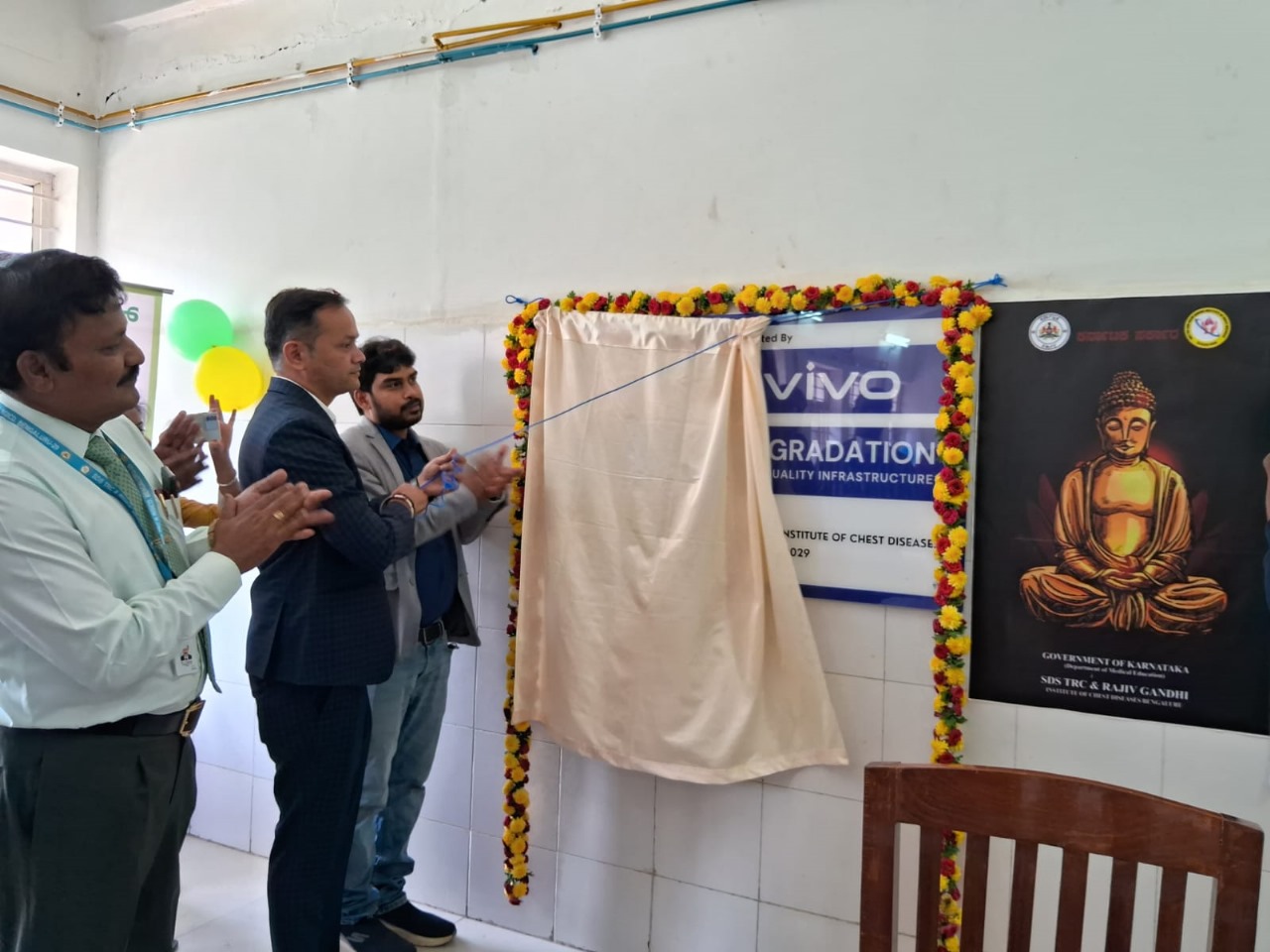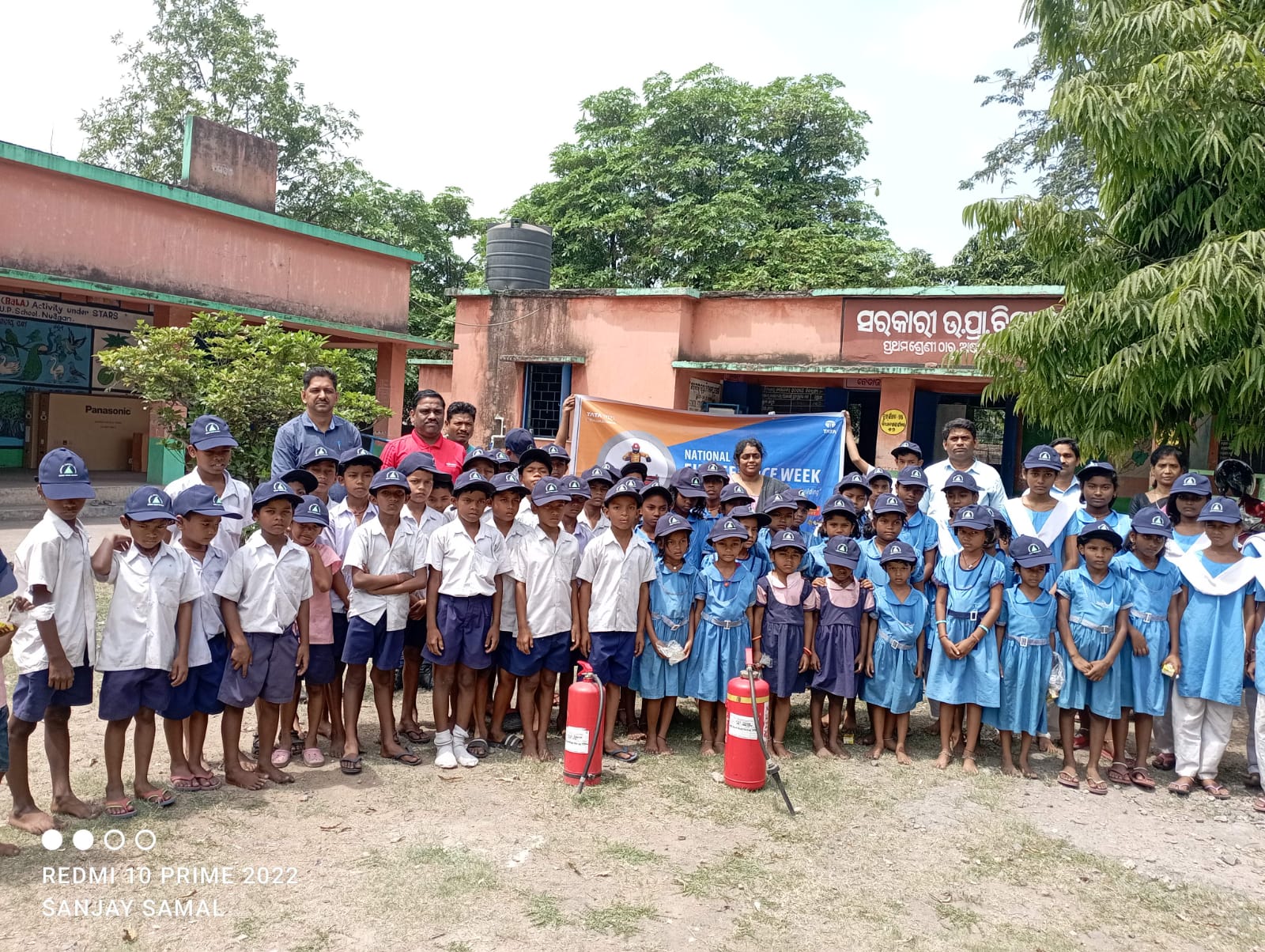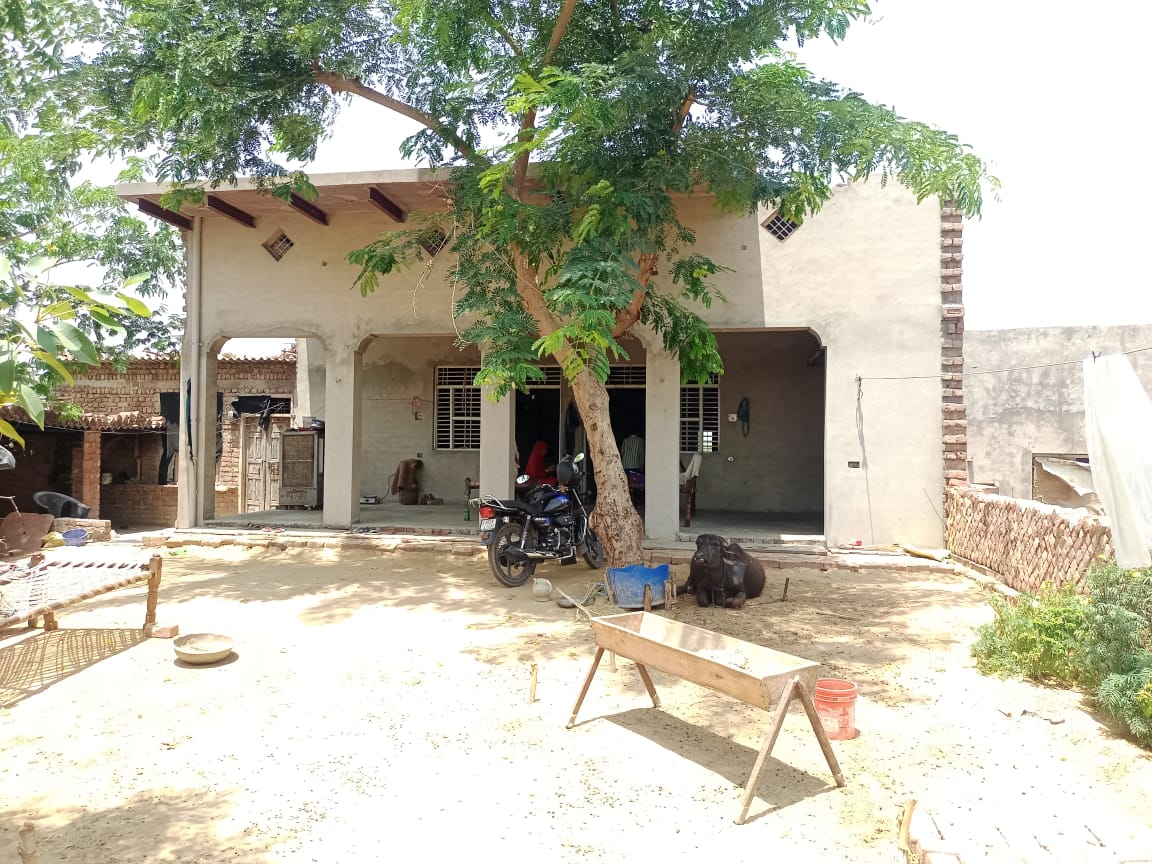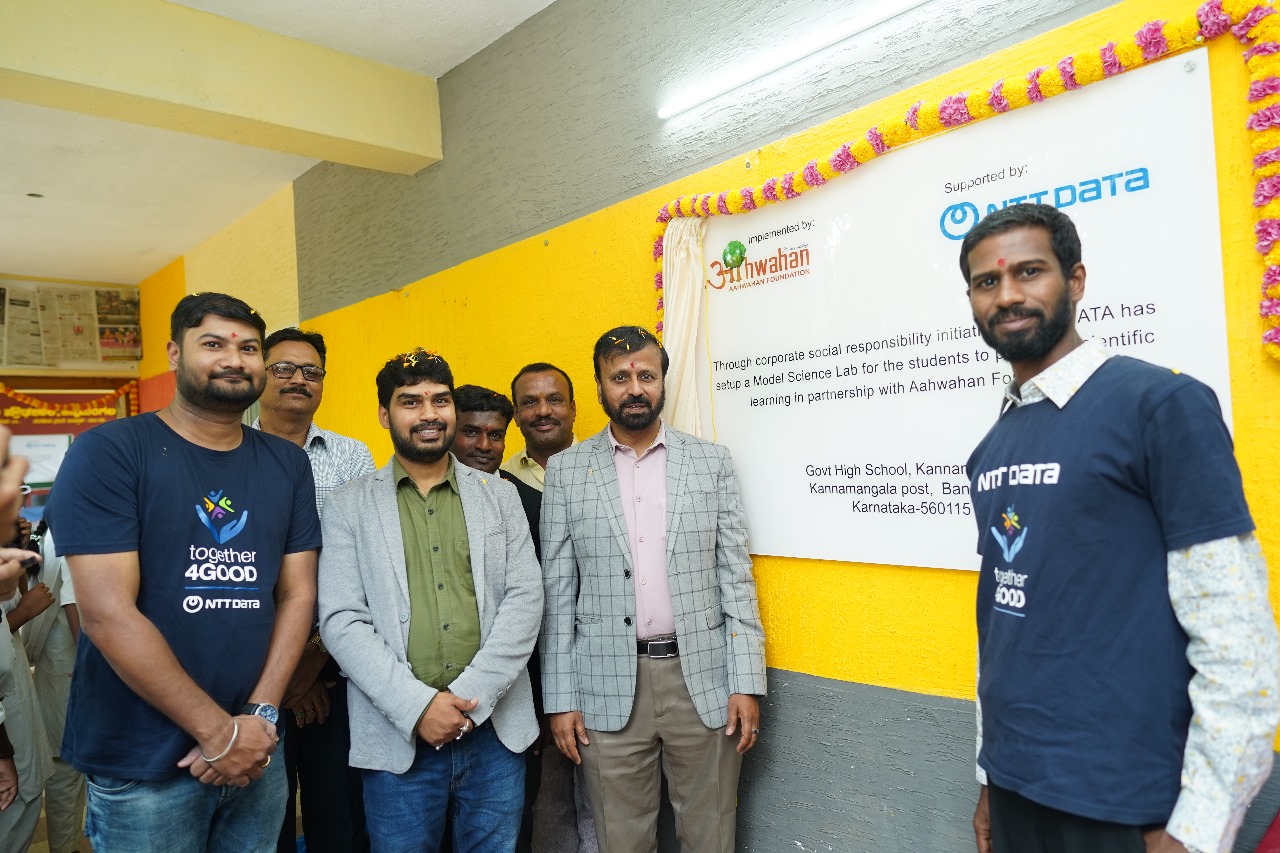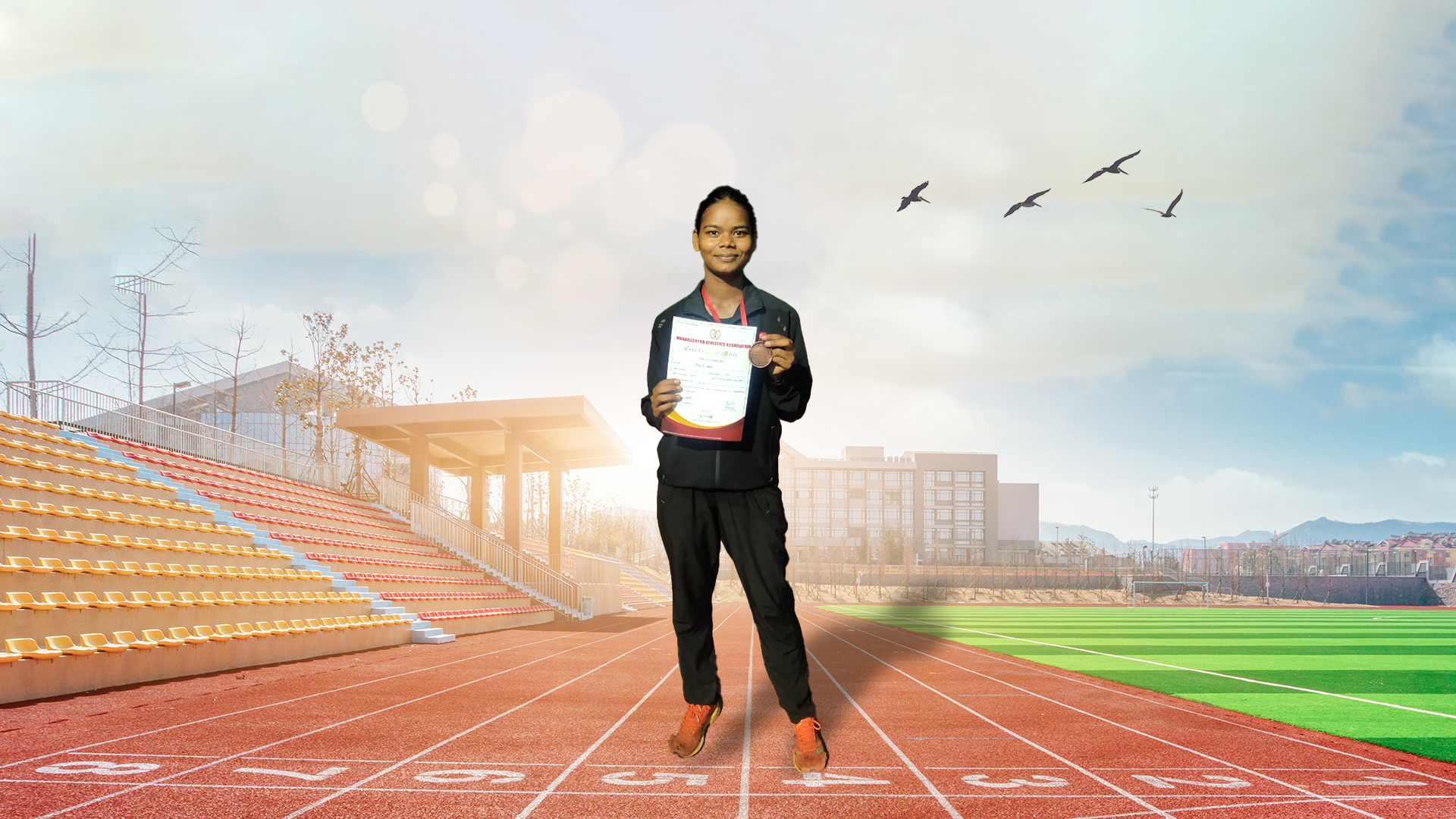The thirteenth Annual Status of Education Report (ASER 2018) was released in New Delhi on 15 January 2019
By Aser
January 16, 2019

ASER 2018 was released this morning in New Delhi. This is the thirteenth annual report. The report was released by the ASER alumni who were present in the audience.
After conducting a ‘Beyond Basics’ survey in ASER 2017, where we looked at the preparedness of 14 – 18 year olds to lead useful and productive lives as adults, in 2018 ASER focused once again on schooling status of children age 3 to 16 and basic reading and arithmetic of children in the 5 to 16 age group across rural India.
Facilitated by Pratham, ASER is carried out by volunteers from local partner organizations in each rural district.
Every year, ASER finds out whether children in rural India go to school, whether they can read simple text and whether they can do basic arithmetic. In 2005, 2007 and every year since 2009, ASER has also included a visit to one government school in each sampled village. Since the implementation of the RTE Act in 2010, school visits in ASER have included indicators of compliance with those norms and standards specified in the Right to Education Act that are easy to measure. In 2018, ASER visited 15,998 government schools across rural India
Key ASER 2018 (Rural) findings
ASER 2018 reached 596 districts in rural India. A total of 354,944 households and 546,527 children in the age group 3 to 16 were surveyed.
Schooling levels: enrollment and attendance
- Overall enrollment (age 6-14): For more than ten years, since 2007, the enrollment of children for the age group 6 to 14 has been above 95%. The proportion of children (age 6-14) who are not enrolled in school has fallen below 3% for the first time and stands at 2.8% in 2018.
- Girls out of school: In 2006, the all India proportion of girls in the age group 11 to 14 who were out of school stood at 10.3%. In that year, 9 major states had out of school figures for girls (age 11-14) above 10%. In 2018, the overall proportion of girls in the 11 to 14 age group out of school has fallen to 4.1%. This figure is more than 5% in only 4 states.
Further, ten years ago in 2008, nationally, more than 20% of girls in the 15 to 16 age group were not enrolled in school. In 2018, this figure has decreased to 13.5%.
- Private school enrollment: The period 2006 to 2014 saw a year-on-year increase in the proportion of children (age 6-14) enrolled in private school. In 2014, this figure stood at 30.8%. Since then private school enrollment appears to have plateaued for this age group. The percentage of children (age 6-14) enrolled in private school was 30.6% in 2016 and is almost unchanged at 30.9% in 2018.
The national average hides changes in private school figures across states. There has been a decline in private school enrollment of more than 2 percentage points over 2016 levels in Rajasthan, Uttar Pradesh, and Kerala.
An increase of more than 2 percentage points over 2016 is visible in Jammu and Kashmir, Himachal Pradesh, Bihar, and Gujarat. Most states in the north-east, other than Mizoram, see an increase in private school enrollment between 2016 and 2018.
Learning levels: foundational skills in reading and arithmetic
Reading: The ASER reading test assesses whether a child can read letters, words, a simple paragraph at Std I level of difficulty, or a ‘story’ at Std II level of difficulty. The test is administered one on one to all children in the age group 5 to 16 and the child is marked at the highest level that she or he can reach.
- Std III: The percentage of all children in Std III who can read at Std II level has been climbing slowly over the past few years. This figure has increased from 21.6% in 2013 to 23.6% in 2014 to 25.1% in 2016, and finally to 27.2% in 2018. Among children enrolled in Std III in government schools, six states (Punjab, Haryana, Mizoram, Uttar Pradesh, Gujarat, and Kerala) show an improvement of more than 5 percentage points over 2016 levels.
- Std V: Slightly more than half of all children enrolled in Std V can read at least a Std II level text. This figure has inched up from 47.9% in 2016 to 50.3% in 2018. For government school children enrolled in Std V, states showing an increase of 5 percentage points or more from 2016 to 2018 are Himachal Pradesh, Uttar Pradesh, Odisha, Chhattisgarh, Karnataka, Kerala, Arunachal Pradesh, and Mizoram; with Punjab and Andhra Pradesh close behind.
- Std VIII: By Std VIII, the last year of compulsory schooling in India, children are expected not only to have mastered foundational skills but to have proceeded well beyond the basic stage. ASER 2018 data indicates that of all children enrolled in Std VIII in India, about 73% can read at least a Std II level text. This number is unchanged from 2016.
- Arithmetic: The ASER arithmetic test assesses whether a child can recognize numbers from 1 to 9, recognize numbers from 10 to 99, do a 2-digit numerical subtraction problem with borrowing, or correctly solve a numerical division problem (3digit by 1-digit). The tasks are administered one on one to all children in the age group 5 to 16 and the child is marked at the highest level that she or he can reach.
- Std III: The all India figure for children in Std III who are able to do at least subtraction has not changed much, from 27.6% in 2016 to 28.1% in 2018. For government school children, this figure was 20.3% in 2016 and 20.9% in 2018. However, government school children in some states are doing significantly better, with an increase of 3 percentage points or more over 2016. These include Punjab, Haryana, Assam, Uttar Pradesh, Gujarat, Maharashtra, and Kerala.
- Std V: The proportion of children in Std V across India who are able to do division has inched up slightly, from 26% in 2016 to 27.8% in 2018. But among government school children, some states have shown significant improvements of 5 percentage points or more over 2016 levels. These include Punjab, Uttar Pradesh, Assam, Chhattisgarh, Maharashtra, Kerala, and Tamil Nadu.
- Std VIII: The overall performance of Std VIII in basic arithmetic has not changed much over time. Currently about 44% of all children in Std VIII can solve a 3-digit by 1-digit numerical division problem correctly. While this figure has gone down from 2016 to 2018 in many states, government school children in some states show substantial improvements in the last two years: for example, Punjab (from 48% to 58.4%), Uttar Pradesh (from 25.5% to 32%), Maharashtra (from 32.4% to 41.4%), and Tamil Nadu (from 42.6% to 49.6%).
Learning levels: ‘beyond basics’
- In ASER 2018, children in the age group 14 to 16 were given a few tasks which required calculations to be done in everyday contexts. Children were asked to calculate time, compute how many tablets would be required to purify water (application of unitary method), figure out where to buy books given two different price lists (financial decision making), and compute a discount. Each of these tasks was done one on one. Results are reported for those children in this age group who could do at least subtraction correctly.
- Gender differences in reading and arithmetic the 14-16 age group: For the age group 14 to 16, the all India figure for the proportion of girls who can read at least a Std II level text is very similar to that of boys. Both are around 77%. However, girls outperform boys in many states like Himachal Pradesh, Punjab, West Bengal, Assam, Chhattisgarh, Maharashtra, Karnataka, and Tamil Nadu.
- In basic arithmetic, boys seem to hold a substantial advantage. Nationally, 50% of all boys in the age group 14 to 16 can correctly solve a division problem as compared to 44% of all girls. But in states like Himachal Pradesh, Punjab, Karnataka, Kerala, and Tamil Nadu, girls in this age group are doing better than boys in arithmetic.
- ‘Beyond Basics’ - bonus tools: Of the 14-16 year olds who could solve a numerical division problem, a little under half could compute the time question correctly, 52% could apply the unitary method to calculate how many tablets were needed to purify a given volume of water, about 37% were able to take the correct decision regarding the purchase of books, and less than 30% could compute the discount correctly. In all cases, fewer girls could solve questions correctly as compared to boys.
Further, performance on these everyday tasks was uniformly lower among those in this age group who could do subtraction but not division, as compared to those who could do division.
School observations
As part of the ASER survey, one government school with primary sections is visited in each sampled village.
Preference is given to a government upper primary school (Std I-VII/VIII) if one exists in the village.
In 2018, ASER surveyors visited 15,998 government schools with primary sections. 9,177 were primary schools and 6,821 were upper primary schools. This represented an increase of almost 13.6% over the number of upper primary schools visited in 2016. Large increases in the number of sampled villages with upper primary schools were visible in Haryana, Uttar Pradesh, Assam, and Madhya Pradesh.
Small schools
- Nationally, in 2018, 4 out of 10 government primary schools visited had less than 60 students enrolled. This number has increased every year over the last decade. It was 26.1% in 2009, 30% in 2011, 33.1% in 2013, 39.8% in 2016, and stands at 43.3% in 2018.
- This decade-long pattern of year-on-year increase in the proportion of small schools is seen in Himachal Pradesh (from 58.1% in 2009 to 84% in 2018), Chhattisgarh (from 19.3% in 2009 to 40.7% in 2018), and Madhya Pradesh (from 18.1% in 2009 to 49.6% in 2018).
Teacher and student attendance
- At the all India level, no major change is seen in students' and teachers' attendance. Average teacher attendance has hovered at around 85% and average student attendance at around 72% for the past several years in both primary and upper primary schools.
- However, states exhibit very different patterns of attendance. States with student attendance of 90% or more in primary schools in 2018 were Karnataka and Tamil Nadu. Those with teacher attendance of 90% or more in 2018 were Jharkhand, Odisha, Karnataka, and Tamil Nadu.
- In primary schools, student attendance improved by 3 percentage points or more over 2016 levels in Uttar Pradesh, Rajasthan, Punjab, Odisha, and Chhattisgarh.
School facilities
- The Right to Education Act was implemented in 2010 and the first cohort of students to benefit from its provisions completed 8 years of compulsory schooling in 2018. Nationally, substantial improvements are visible over this 8-year period in the availability of many school facilities mandated by RTE. The fraction of schools with usable girls' toilets doubled, reaching 66.4% in 2018. The proportion of schools with boundary walls increased by 13.4 percentage points, standing at 64.4% in 2018. The percentage of schools with a kitchen shed increased from 82.1% to 91%, and the proportion of schools with books other than textbooks available increased from 62.6% to 74.2% over the same period.
- However, the national averages hide major variations across states. Deficiencies are particularly marked in Jammu and Kashmir and most of the north-eastern states. In these states, less than 50% of schools had provision for drinking water or girls' toilets available in 2018. With the exception of Assam, majority of schools in states in the north-east did not have library books available for students in 2018. While elsewhere in the country the mid-day meal was served on the day of the visit in well over 80% of schools, this proportion was less than 50% in many states in this region.
Physical education and sports facilities
This year, ASER introduced a series of questions on the availability of sports infrastructure in schools.
- In 2018, about 8 out of 10 schools had a playground available for students, either within the school premises or close by. A playground was accessible in more than 90% of schools in Himachal Pradesh, Haryana, and Maharashtra. But more than a quarter of all schools in Jammu and Kashmir, Bihar, Odisha, and Jharkhand did not have access to a playground.
- Physical education teachers are scarce in schools across rural India. Only 5.8% of all primary schools and 30.8% of upper primary schools had a physical education teacher available. In majority of schools, another teacher was tasked with supervising physical education activities as well. But in Haryana, Rajasthan and Kerala, the proportion of schools with a physical education teacher is significantly higher than the national average.
- Sports equipment of some kind was observed in 55.8% of primary schools and 71.5% of upper primary schools. States where significantly higher proportions of schools had sports equipment available included Himachal Pradesh, Tamil Nadu, and Andhra Pradesh
To download the report, click here
© Renalysis Consultants Pvt Ltd



